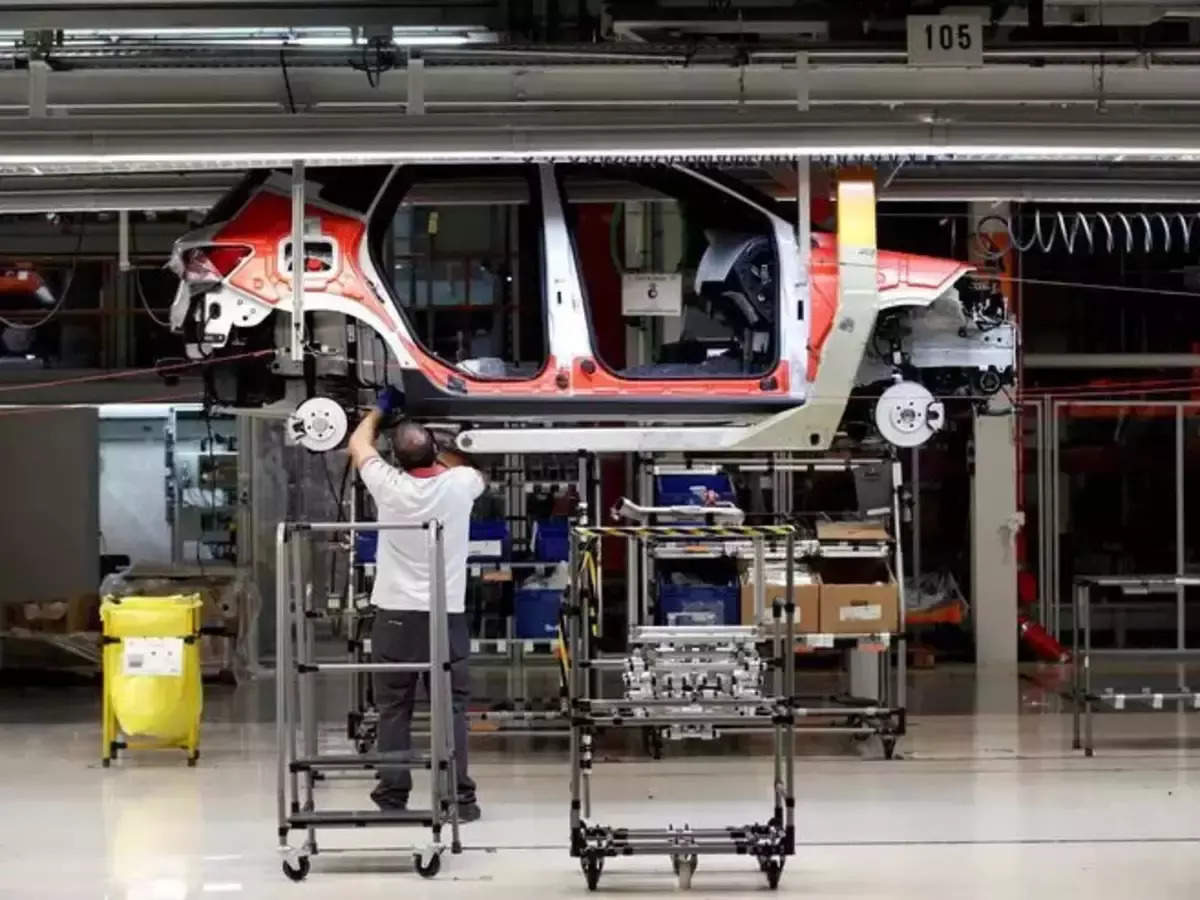
A raft of regulations related to vehicle safety and emission expected in the coming months and the mega trend of electrification have come as a blessing in disguise for auto component manufacturers.
The new rules and the electrification trend are leading to an increase in the content per vehicle, in turn bumping up their revenue and boosting profitability, said top executives at auto component firms ET spoke with.
Every time emission standards have become tighter and fuel economy regulations tougher, companies like Cummins have succeeded and managed to increase business with every automaker, said Ashwath Ram, managing director at engine maker Cummins India.
India’s auto industry will transition to Bharat Stage VI-B emission standards with effect April 1. Passenger vehicle makers would also be required to disclose their corporate average fuel economy (CAFE-II) scores with the government by the beginning of the new fiscal year.
Under BSVI-B standards, companies need to also meet the RDE (Real Driving Emissions) rules. This is likely to lead to a price increase across categories as vehicles will need new components. For petrol vehicles, the price increase could be under 2%, while for diesel, it could be in the range of 3.0-3.5%, said Hemal Thakkar, director at Crisil Research.
“The regulations will help us grow our share in the pie and grow our pie,” said Ram of Cummins, adding that the company has ambitions to expand its business at twice the pace of the country’s GDP growth. “While doing that, we want to increase our profits by 1% every year till we get to our highest historical levels of profit of 18-20%,” he added.
In the years to come, Cummins plans to offer integrated powertrains and diversify into e-axles. The company showcased its future-readiness with its fuel agnostic and hydrogen engines at the ongoing Auto Expo in Greater Noida.
Compulsory deployment of some of the safety-related features like six airbags (expected to come into effect in October 2023), seat-belt reminders for rear-seat passengers and ESC (electronic stability control, now a feature only in high-end cars) has prompted manufacturers of these parts to watch the space closely.
“Addition of every airbag will improve the realisation for the airbag manufacturer and cost for the buyer,” said Thakkar of Crisil, adding that the cost of the vehicle would go up anywhere between ₹15,000 and ₹25,000 for incorporating four additional airbags. The costs don’t include any structural changes to the vehicle, he stated.
Jaisal Singh, vice chairman of the Anand Group, said regulation on ESC is an opportunity for the group. “It certainly presents an opportunity for us, and we are looking carefully, but we are constantly on the ball with regards to what’s coming next and as a result we start to equip ourselves from now.”
Some point to the flip side of the regulations. “Sometimes, after investing all the time and capital, it (regulations) don’t kick in at the time promised, putting a lot at stake,” said Praveen Aggarwal, chairman of the Vikas Group, citing an instance of TREM V – the emission standards for tractors, the implementation of which got deferred to 2023 from 2022. The Vikas Group is a manufacturer and supplier of components and aggregates including emission control units and precision machining solutions.
Be it these regulations or the electrification trend, a component maker needs to seize the opportunity at the right time, said Anil Kumar, president and MD at S.E.G Automotive.
Also Read:















